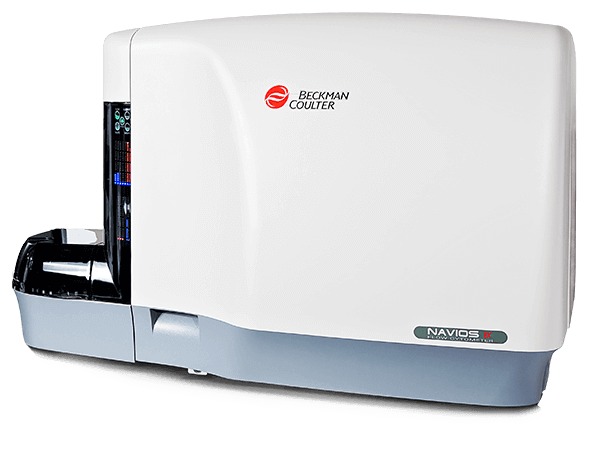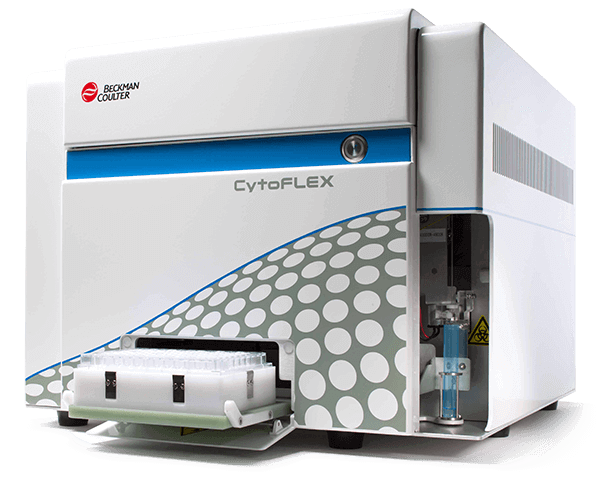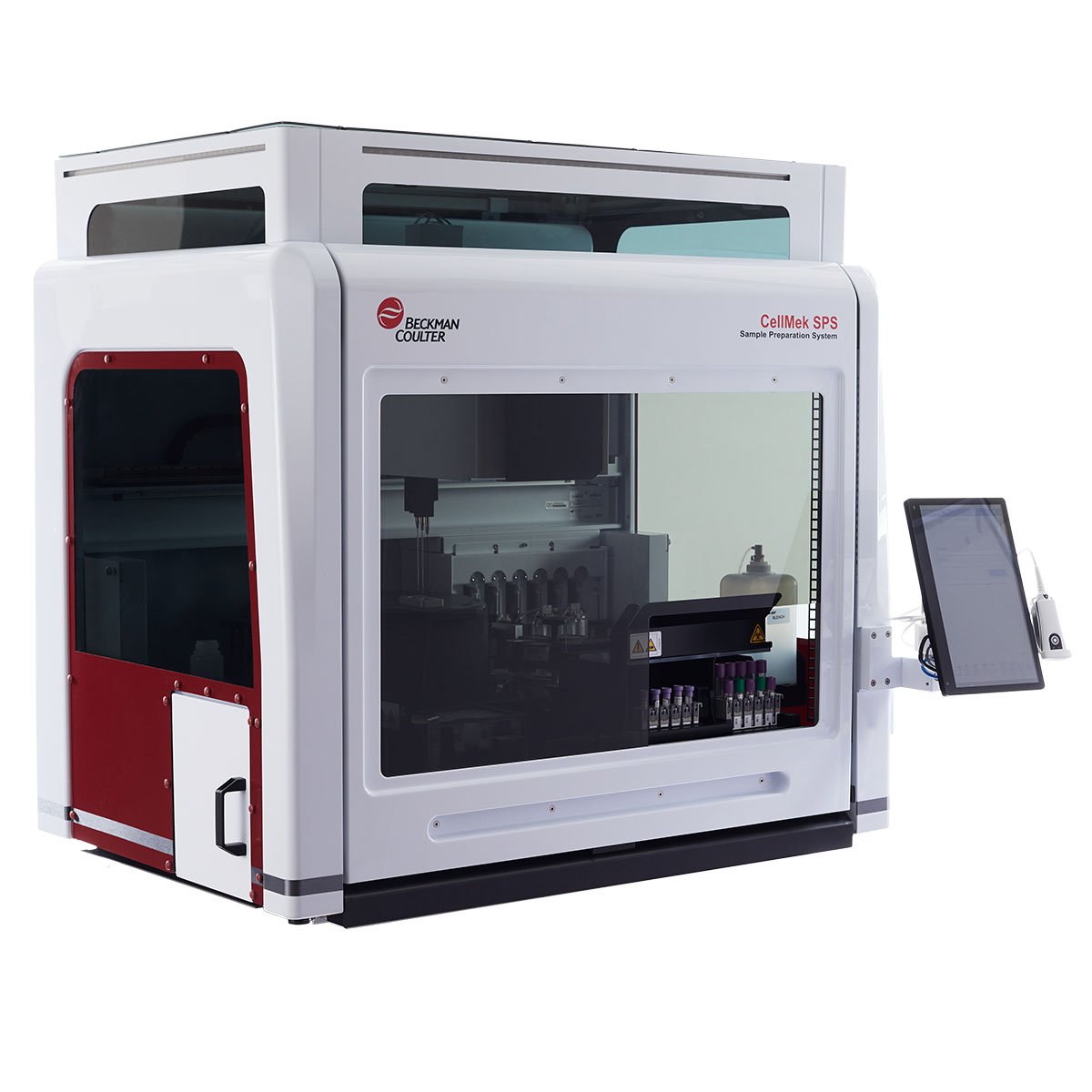CD158e1/e2 Antibodies
The CD158e1 and CD158e2 molecules (also known as p70 molecules) are monomeric integral membrane glycoproteins of 70 kDa. CD158e1 and CD158e2 likely represent allelic forms of the same locus of the NKB1 gene. These proteins belong to the family of NK receptors for MHC class I molecules and show a high degree of homology with p58 and p140 receptors. There is another comprehensive nomenclature which refers to these molecules as KIR3DL1 for CD158e1, and KIR3DS1 for CD158e2. These acronyms stand for Killer cell Immunoglobulin (Ig)-like Receptor (KIR), with extracellular part containing 3 Ig Domains (3D), and cytoplasmic tails being either long (L) or short (S). CD158e1 comprises 3 C-type extracellular Ig domains, and two characteristic ITIM motifs (Immunoreceptor Tyrosine-based Inhibition Motif) in the intracellular portion. These motifs are involved in the transduction of an inhibitory signal through the activation of the protein tyrosine phosphatases SHP-1 and/or SHP-2. CD158e1/e2 function as inhibitory receptors for HLA-B molecules of the Bw4 supertype. These molecules are expressed by a subset of NK cells, and can be detected on the surface of sub-populations of peripheral T cells, mostly of CD8+ phenotype.
| Clone: Z27.3.7 | Isotype: IgG1 Mouse |
| The anti-KIR/p70 antibody Z27 restores the ability of p70+ NK clones to lyse HLA-Bw4 targets. | |






